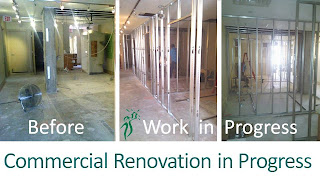Holiday Message 2012
Image Credit: MS Office ClipArt: Season’s Greetings
Season’s Greetings from all of us at Wo-Built, Inc.
As we close out another year, we pause to remember everyone who made 2012 such an exciting and prosperous year for Wo-Built.
We worked on some fabulous projects and took major strides forward in our new strategic initiative, PeapodLife Building EcoSystems and Technology.
This year wasn’t without its challenges, but with the help, guidance, patronage and support of our Partners, Clients, Investors, Friends and Family, we came through stronger, wiser, and better prepared for the challenges ahead. Thank you one and all.
If 2012 was any indication, there will be many more people watching and wishing us success, if for no other reason than our social, environmental and economic mission is one they too believe in.
As we head into the New Year, we do so with a renewed sense of passion and commitment to the future of our Company, and all who stand beside and behind us. We will not let you down.
It is therefore with warm hearts that we wish one and all a Very Happy Festive Season and blessings for a prosperous and peaceful New Year.
From all of us to all of you, may you be happy; may you be joyful; may you be at peace.
Martina Ernst
President/CEO
Wo-Built Inc. - Innovative Design and Build
and the Entire Wo-Built & PeapodLife Team




































